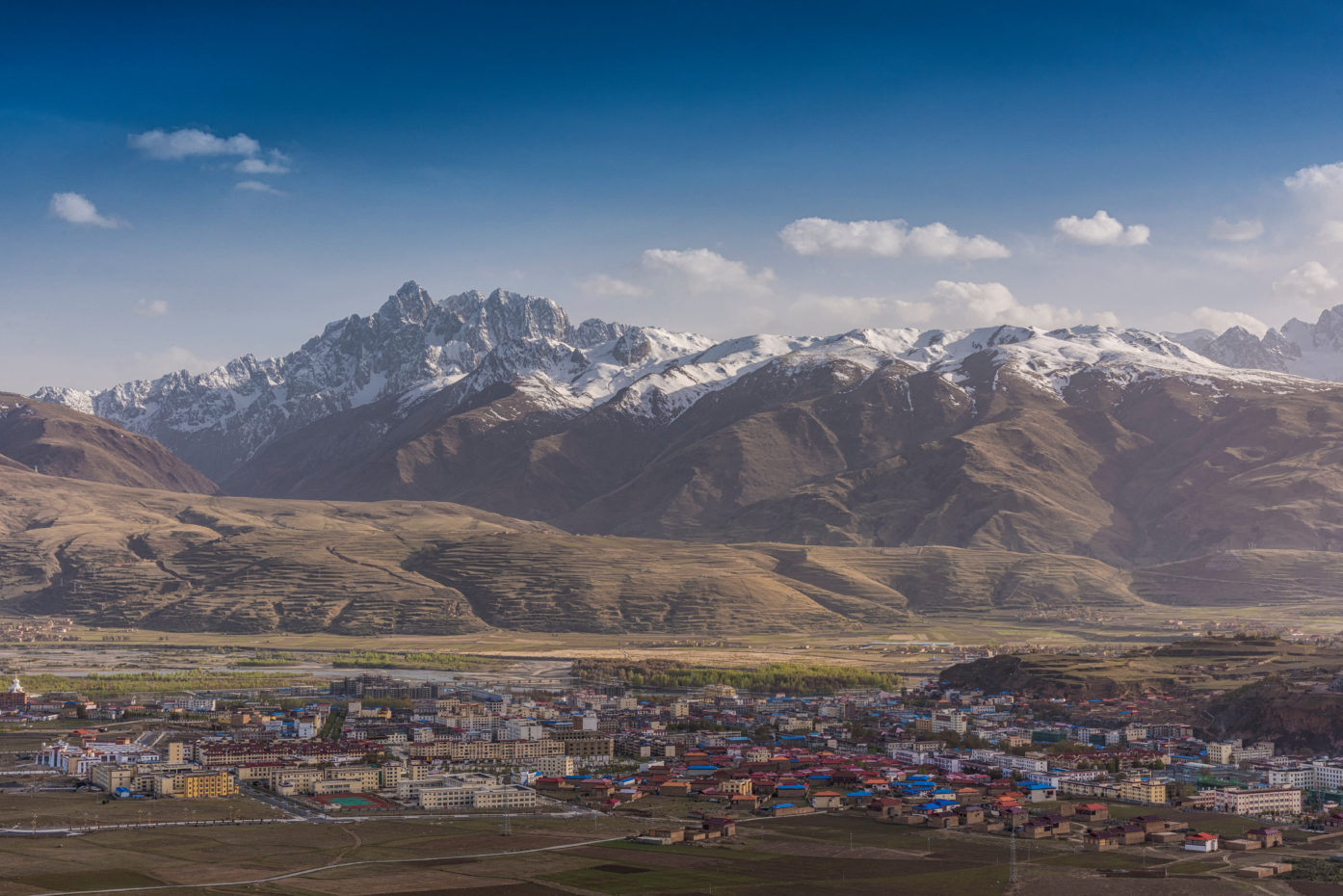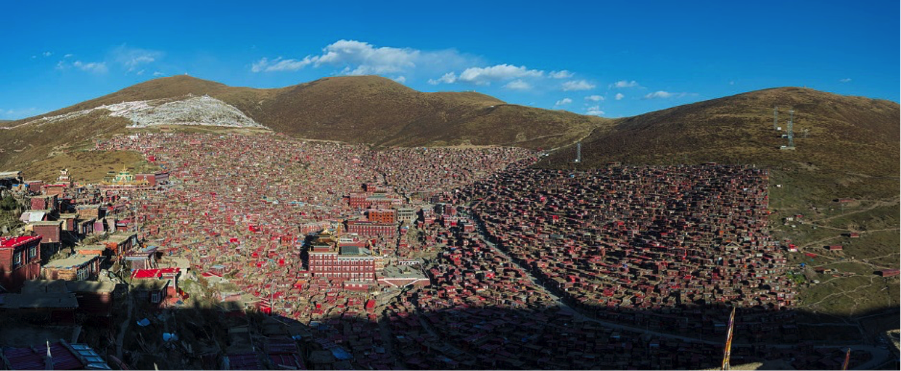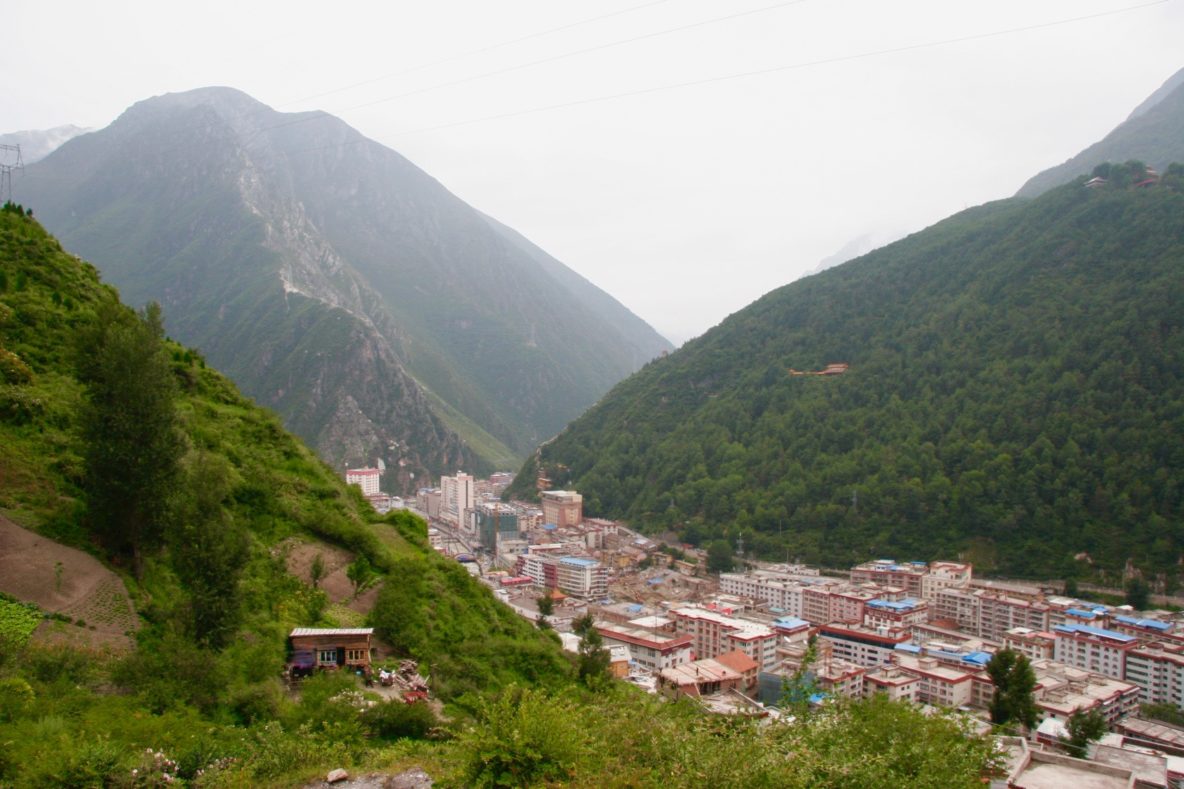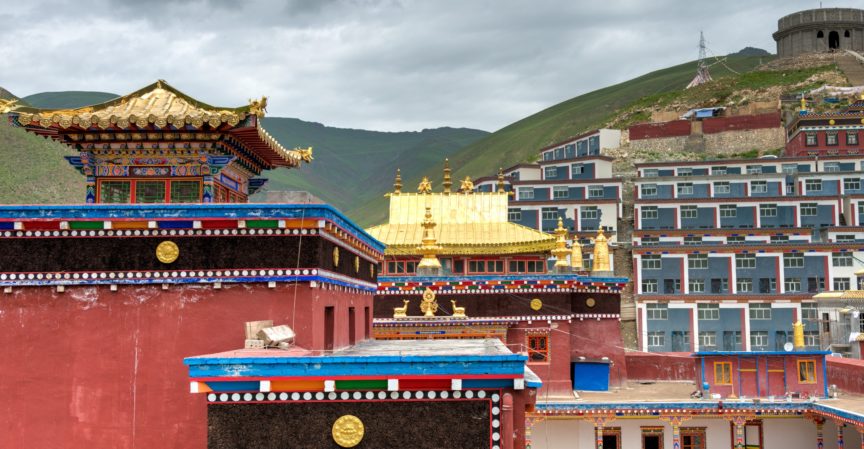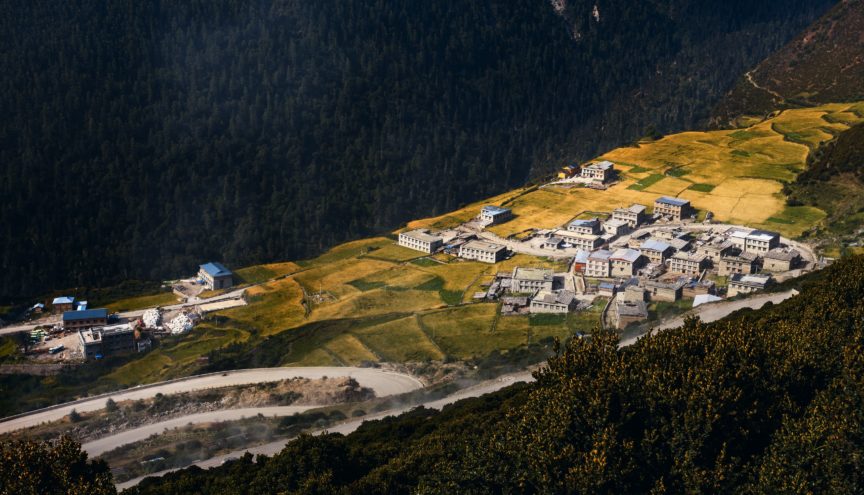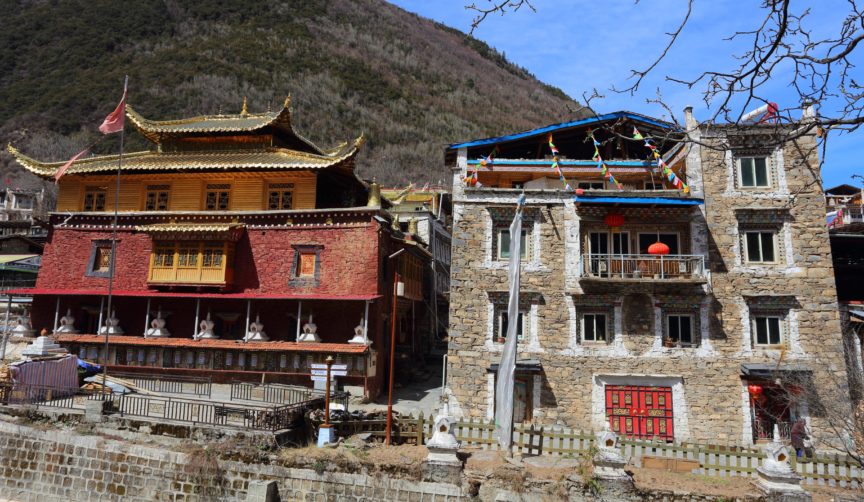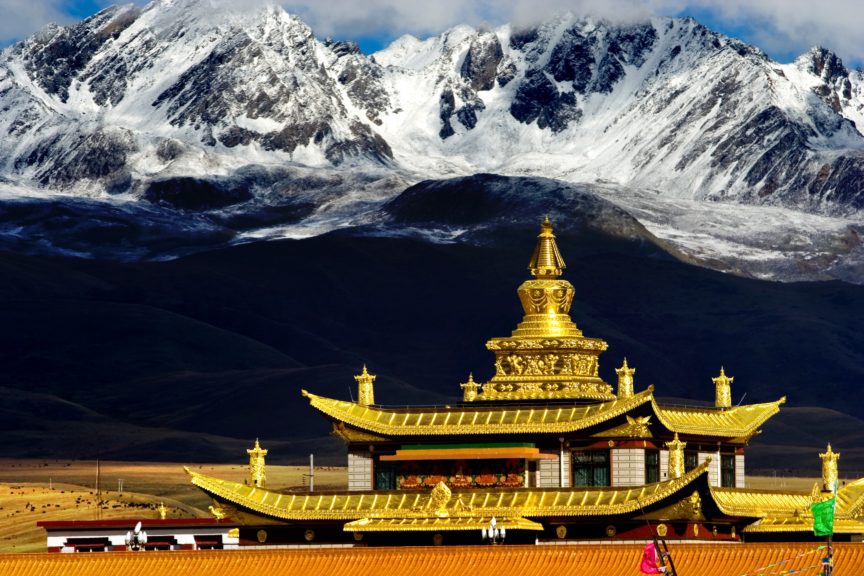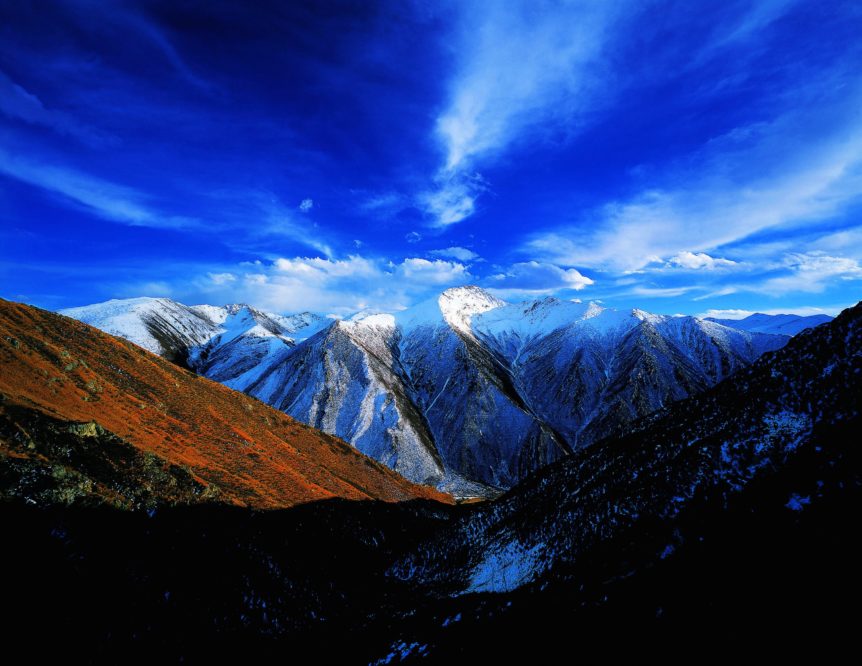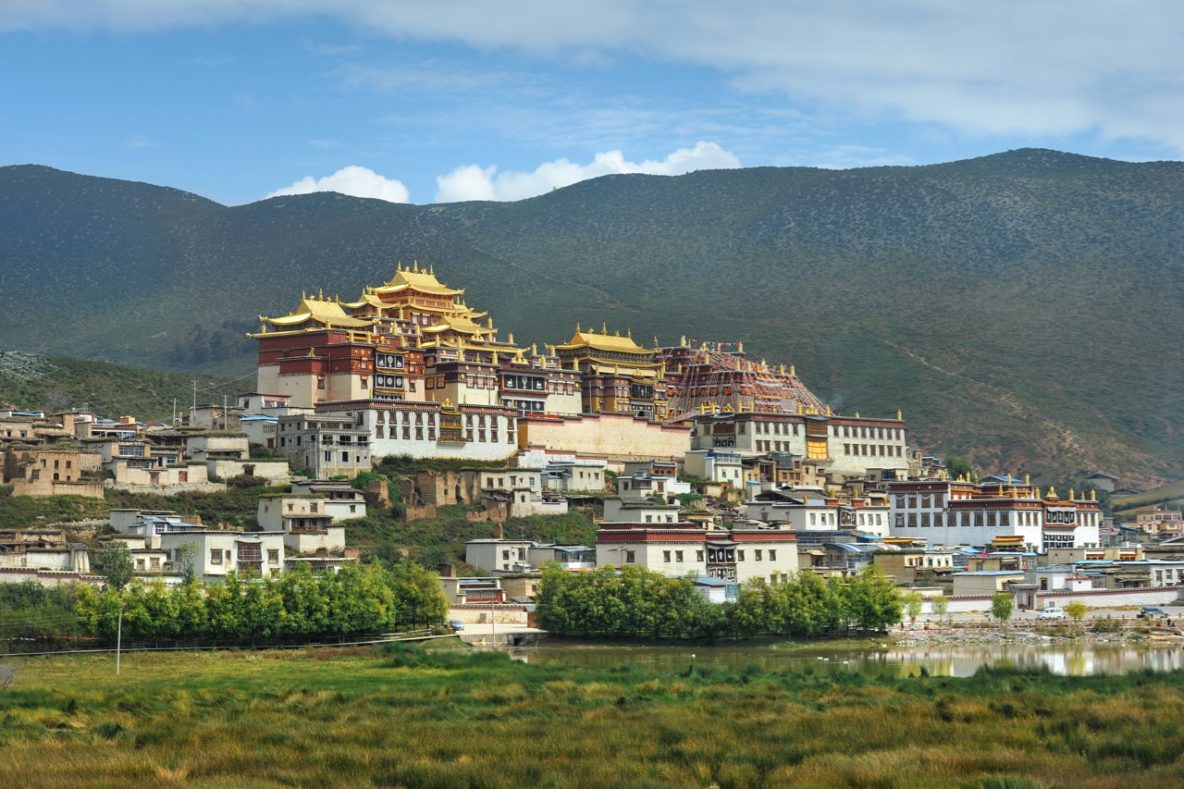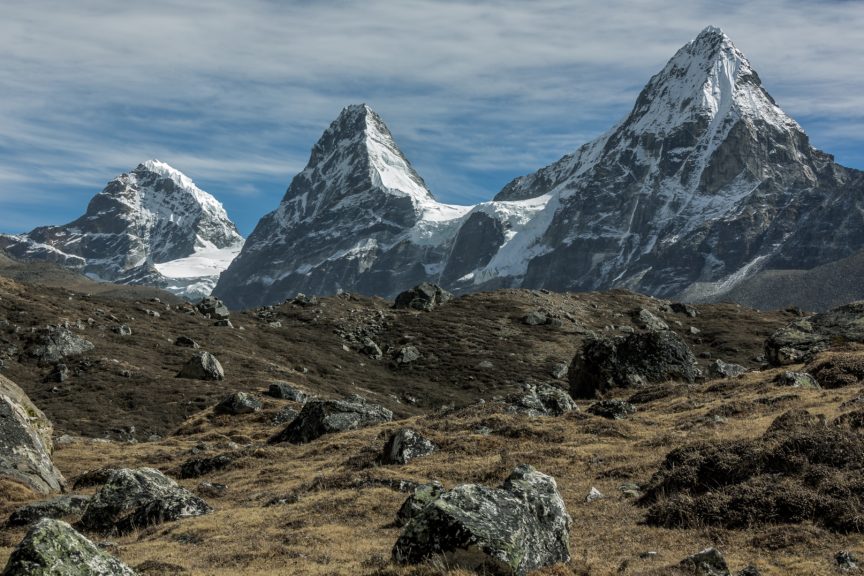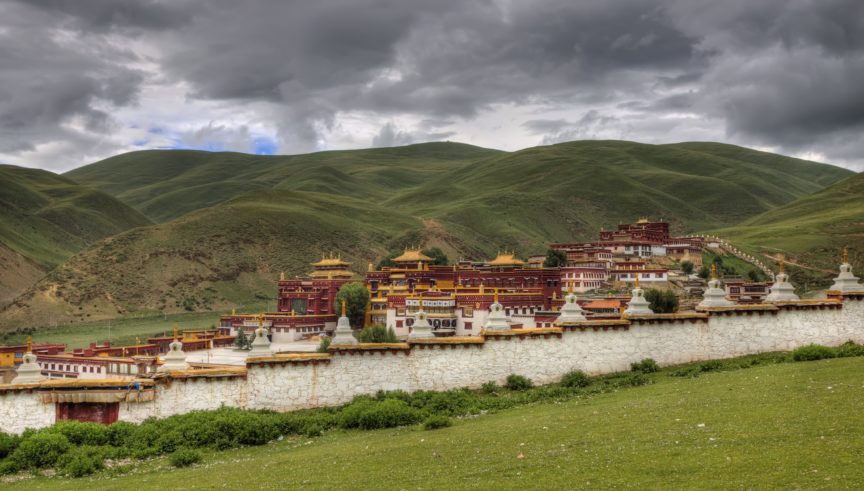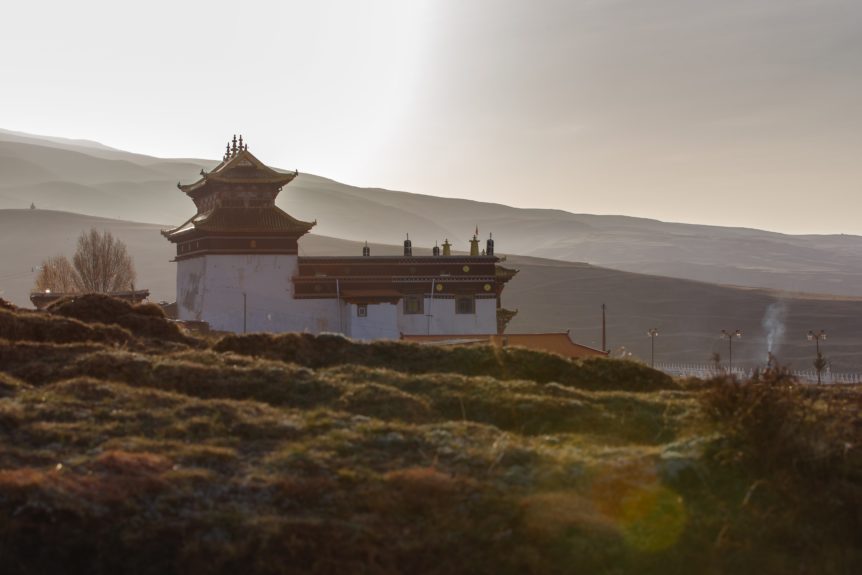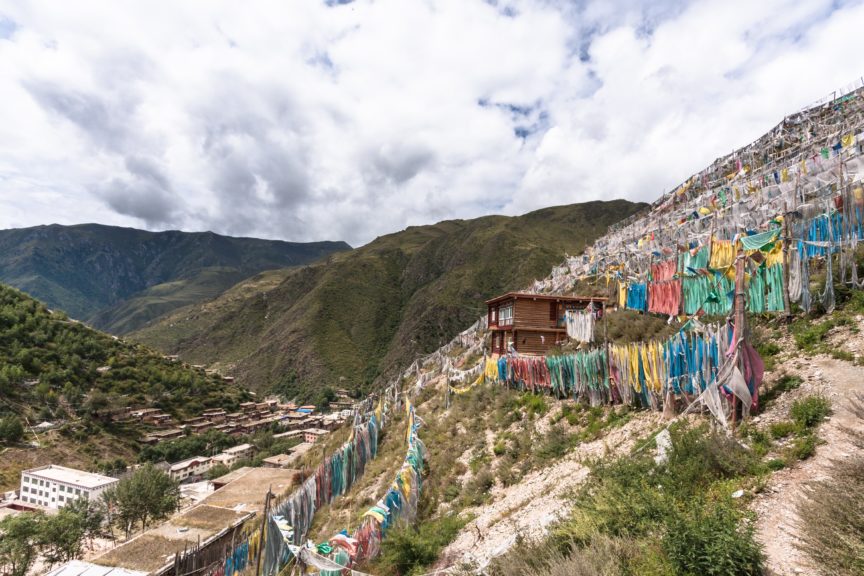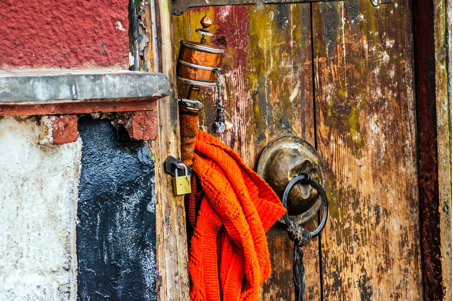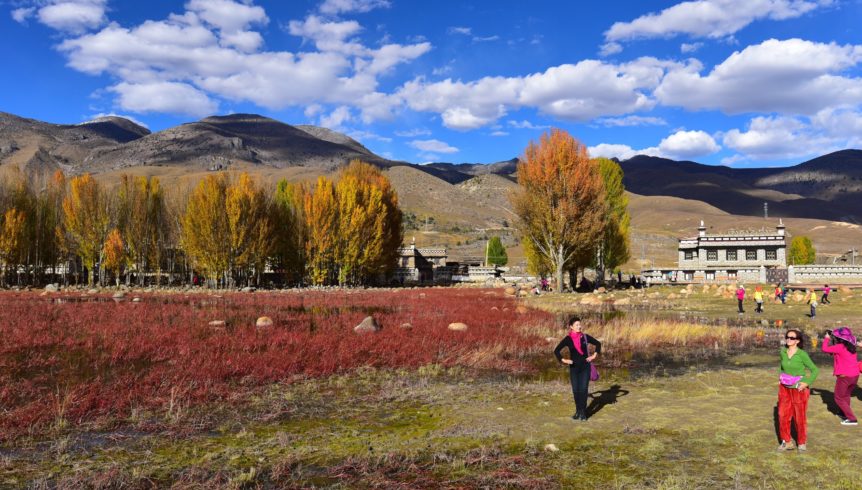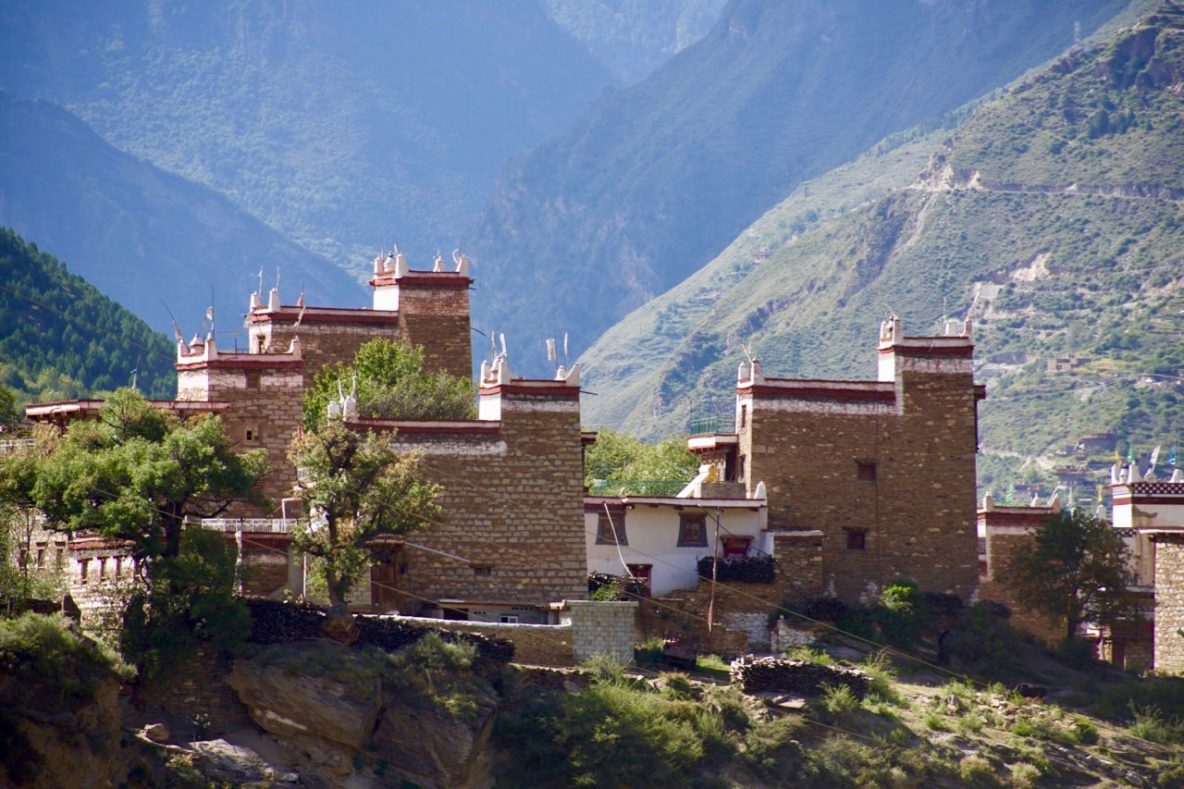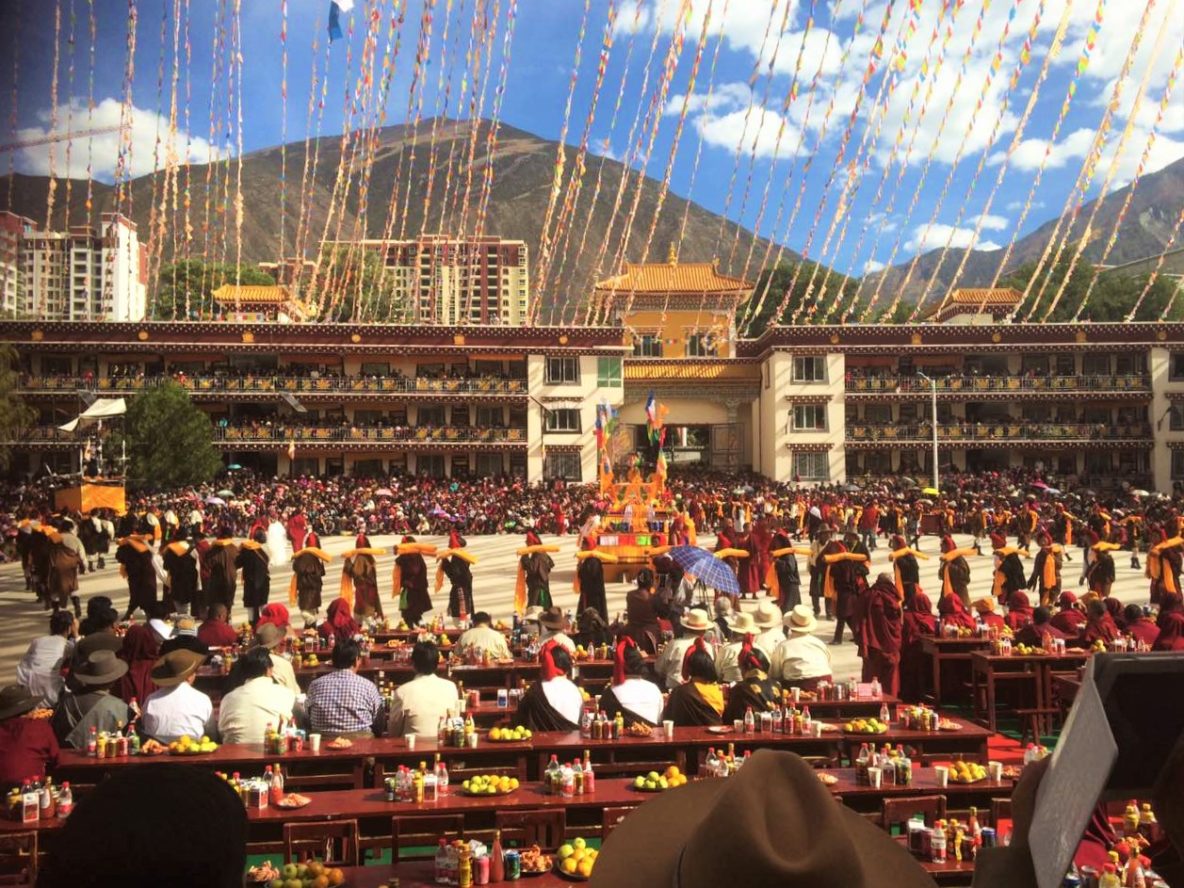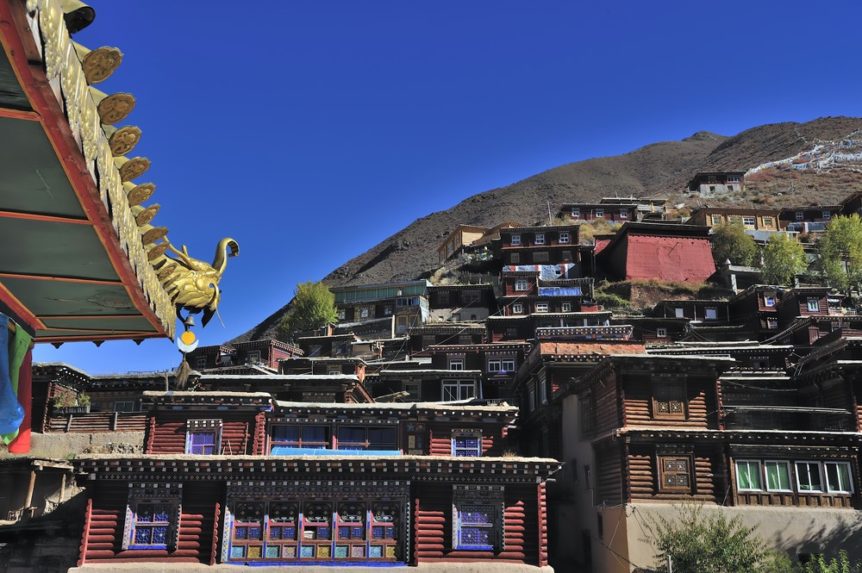Xinduqiao ( ར་རྔ་ཁ།) is a small busy Tibetan town in the Wild West of Sichuan. It is a two-hour drive (81 kilometers) from Kangding city and roughly a one-hour drive from Kangding airport. Xinduqiao is an impressive 3,300 meters above sea level and lies along the Sichuan-Tibet 318 National Highway. …
Kham Towns
Kham towns offer a myriad of opportunities for travellers to explore the Tibetan culture, learn of the history, and enjoy the scenery of this region. For those interested in rural villages and natural beauty, Kham Tibet has a lot to offer. This area is geographically known for everything from wide grasslands to large mountain ranges which means travelling to and from these towns will allow you to encounter a variety of different landscapes. This is a definite highlight of traveling through Kham!
Gateway to Kham
At the eastern edge of Tibet, travellers will inevitably find themselves travelling through Kangding as this is one of the main gateway cities. Most people choose to make the one day trip to Kangding from Chengdu, while others fly directly into Kangding to start their journey. Beyond Kangding, it is a 45min climb by car to cross Zheduo pass and arrive on the plateau with all of Kham stretching before you.
Nomadic Towns in Kham
After leaving Kangding, one of the first towns you reach in Kham is Tagong, one of the many nomadic areas in Kham. In addition to Tagong, the Kham region contains many stunning grasslands, including the areas of Litang, Manigangou, Shiqu (Shershul), Yushu, and Axu. According to legend the Tibetan King Gesar was born in the grasslands area in the north part of Kham. It is common to see an image of King Gesar on a horse in various towns which all claim to be his birthplace. In the summertime, these pastoral areas are known for their horse festivals and races, and travellers and locals alike enjoy watching the myriad of other festive games that are included.
Farming Towns in Kham
Even though Kham is one region, there is a diverse mix of architecture in the area. Some of the more notable styles in Kham are the stone construction used north of Kangding like the stately homes near Xinduqiao, Daofu’s folk houses which use a lot of wood, and mud construction as seen in places like Batang and Yushu. World renowned Shangri-la, thus named to lure tourists by using the name of the fictional Tibetan paradise created by James Hilton in his novel Lost Horizon, is found in southern Kham. And the town of Danba, “Beauty Valley”, is known for their attractive women, deep canyons, and ancient watchtowers built on the mountain ridges where they have defied the steep slopes and cultivated crops for centuries.
Kham Monasteries
The Kham town of Seda (Sertar) is home to Larung Gar, the largest Buddhist community in the world. The community is said to have as many as 40,000 monks and nuns, making this a very spiritual town. Other Kham towns known for their monasteries include Ganzi – with a restored Tibetan-Chinese style monastery – and nearby Yachen Gompa which also features a massive monastic community. Further north and west over the Chola mountain sits Dege, known around the world for the Dege Barkhang (Parkhang) Scripture Printing House.
Travelling to Kham? Check out our Kham Tibetan Business Highlights
Pelyul County
Pelyul County (or Pelyul- དཔལ་ཡུལ་རྫོང་།) is located in Kham Tibet and is one of eighteen counties of Ganzi Autonomous prefecture in Western Sichuan Province. In Tibetan, Pelyul means “a holy and happy place.” Pelyul is on the border with the Tibet Autonomous Region and is roughly 3,000 meters above sea level. …
Dartsendo (Kangding)
Dartsendo (དར་རྩེ་མདོ། ) or Dardo (དར་མདོ། ) is a major gateway city on the eastern side of the Tibetan Plateau. Also known as Kangding (康定) in Chinese, it rises 2,600 meters above sea level and is the first Tibetan city you come to when traveling west from Chengdu. Kangding teeters on the Eastern edge of …
Yulshul (Yushu)
Mostly inhabited by Tibetans, Yushu (ཡུལ་ཤུལ།) is located in the Yushu Tibetan Autonomous Prefecture in the southern Qinghai province of China. The town, also referred to as Jyekundo (སྐྱེ་དགུ་མདོ།), Gyêgu, Gyêgudo or Jiegu is a multi-ethnic town with Tibetan nomadic residents and Han Chinese traders. Yushu lies at an elevation …
Nyiden (Yading)
Yading Village is small rural establishment in Daocheng County of the Ganzi Tibetan Autonomous Prefecture, Sichuan Province of China. Located on the eastern edge of the Qinghai-Tibet Plateau, Yading village is 3,700 meters above sea level. Yading village and its surrounding sights are part of the Shangri-la Natural Tourist Zone. …
Chaktreng (Xiangcheng)
Located in the Ganzi Tibetan Autonomous Region of Sichuan province in China, the town of Xiangcheng (乡城) is in a scenic valley which stands at an altitude of 3,200 meters. Xiangcheng Town is also referred to as Chaktreng Town (ཕྱག་ཕྲེང་།) in Tibetan, which means ‘rosaries in Buddha’s hands’. From a …
Lhagang (Tagong)
A small, picturesque town located in the Garze Tibetan Autonomous Prefecture of western Sichuan Province, Lhagang (ལྷ་སྒང་།) is home to scenic grasslands, devoted monks and Tibetan nomads with their thousands of thick-coated yaks. Lhagang, also known as Tagong (塔公) in Chinese, is situated in the ancient Kham region in southwest …
Sershul (Shiqu)
Shiqu Town (石渠), also known as Sershul (སེར་ཤུལ།), Serxu, Dzachuka, or Shiquis, is a town in Shiqu County in the Garze Autonomous Prefecture in the northern part of the Chinese Sichuan Province. Shiqu County is spread over 25,000 square kilometers and lies approximately 4,200 meters above sea level on average. …
Shangri-La
Shangri-La (སེམས་ཀྱི་ཉི་ཟླ།) is a name that conjures images of an idyllic paradise: cloud-carpeted sunrises with grassy outcroppings in a utopian society that lives in perfect harmony with nature. Zhongdian, Yunnan (now known as Shangri-La) is definitely some of those things. It has snow-capped mountains, clouds, sunrises (and sunsets), a mighty …
Sertar (Seda)
Seda (色达) is located at an elevation of about 4,000 meters in a remote valley on the Tibetan Plateau, in the Garze Tibetan Autonomous Prefecture in the western part of Sichuan province in China. The Tibetans know Seda by the name of Sertar (གསེར་ཐར།), which means Golden Horse. Though Sertar …
Manigangou
Located in Ganzi Prefecture in Sichuan Province in southwest China, Manigangou (མ་ཎི་གད་མགོ།)is a small yet active town at an elevation of 3,950 meters. It is a town exhibiting typical nomad culture with Tibetan herdsmen riding on horses, Khampas on flashy motorcycles passing by and people enjoying drinks in wooden Tibetan …
Lithang (Litang)
Lying at the edge of a vast grassland valley, Lithang (ལི་ཐང་།) is the administrative hub of Litang County. Also known in Chinese as Litang town (理塘) , the town is situated in the southwest of Garze Tibetan Autonomous Prefecture in Sichuan Province. Litang is a historic town at an altitude of …
Garze (Ganzi)
Lying in the vast expanse of the beautiful Ganzi Valley (甘孜) at an altitude of 3,800 meters, surrounded by the majestic Chola Mountain, green hills dotted with yaks and rocky ridges, is the active Ganzi town. Ganzi town (also known as Garnze, Ganze, and Kandze (དཀར་མཛེས་རྫོང་།)) is the capital of …
Derge (Dege )
Derge (སྡེ་དགེ ) in the native tongue which means land of mercy in Tibetan, is located in the Garze Tibet Autonomous Prefecture in the Kham area of the Tibetan Plateau. The town is regarded as the cultural hub of the Kham region in the northwest of Sichuan province, close to the border with …
Dawu ( Daofu)
An agricultural region dotted with big, beautiful Tibetan houses, Dawu (རྟའུ།) lies in the Garzê Tibetan Autonomous Prefecture in northwestern Sichuan Province, China. Dawu, known as Daofu (道孚) in the Chinese language, is accessible by road from Kangding (219 kilometers) and Chengdu (585 kilometers). Daofu region lies at an average altitude …
Dabpa (Daocheng)
Dapba (འདབ་པ།) is located in Daocheng County in the Garze Autonomous Prefecture in Southwest Sichuan, close to the border of Northwest Yunnan. The town is at an altitude of 3,750 meters and is the best starting point for the Tibetan areas of western and southern Sichuan. Dapba is known as Daocheng …
Rongtrak (Danba)
Rongtrak (རོང་བྲག), also known in Chinese as Danba County (丹巴), is situated around 350 kilometers west of Chengdu, in the Garze Tibetan Autonomous Prefecture of western Sichuan Province. As the county seat, it is a bustling town that sits in a tight canyon on the banks of the Dadu River …
Bathang (Batang)
Lying in the Garze Tibetan Autonomous Prefecture in Sichuan Province of China, Bathang (འབའ་ཐང་།) also known as Batang Town (巴塘) in Chinese , is a fertile area at an altitude of 2,700 meters. The town is located on the main road between Lhasa and Chengdu, overlooking the Jinsha River (translated as …
Axu
Axu (ཨ་ཕྱུག)Town and Axu Grasslands are situated in Dege County in the Garze Tibetan Autonomous Prefecture of Sichuan, China. It is an isolated region in eastern Tibet that includes green pastures dotted with sturdy yaks, snowy, lofty and rugged mountains and crystal clear lakes. The small Axu Town and its …


